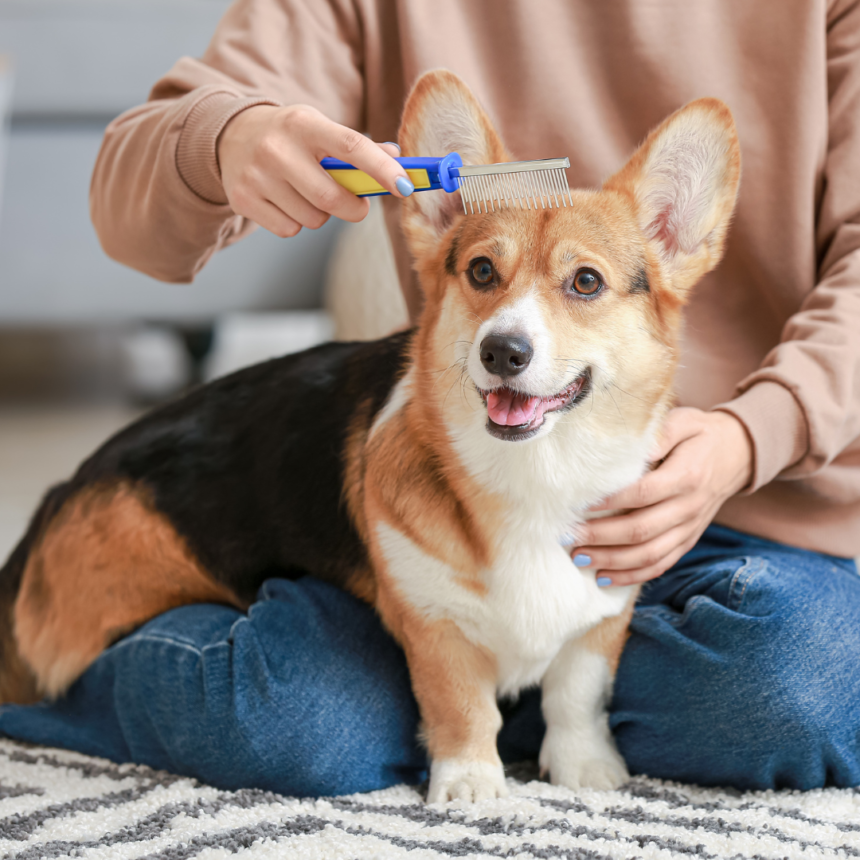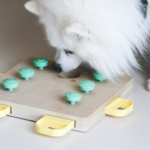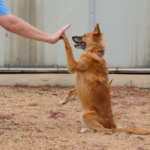Introduction
Living with a furry friend brings immense joy, but the constant battle against dog hair can be a daunting challenge for pet owners. This article aims to provide practical insights and effective solutions to help you conquer the shedding struggle, ensuring a clean and comfortable living space for both you and your canine companion.
Understanding the Shedding Cycle
Dog owners often find themselves perplexed by the seemingly endless shedding of their furry companions. Shedding is a natural and essential part of a dog’s life, influenced by various factors such as breed, age, and health. In this article, we delve into the intricacies of the shedding process, identify potential challenges, and offer practical solutions for pet owners.
Different breeds exhibit varying degrees of shedding. Breeds like German Shepherds and Labrador Retrievers shed more profusely, while hypoallergenic breeds like Poodles shed minimally. Understanding your dog’s breed is crucial in managing expectations regarding shedding. A dog’s age plays a significant role in shedding patterns. Puppies usually shed their puppy fur, transitioning into their adult coat. Senior dogs, on the other hand, may experience increased shedding due to factors like hormonal changes. A healthy dog is likely to have a shiny, well-maintained coat with controlled shedding. Poor nutrition, allergies, or underlying health issues can lead to excessive shedding. Regular veterinary check-ups and a balanced diet contribute to a healthier coat.
Excessive shedding can be a cause for concern, leading to a mess in the home. Implement a regular grooming routine, including brushing and the use of deshedding tools, to control loose fur and keep it off furniture. Some dogs experience seasonal shedding, which can be overwhelming for owners. Adjust grooming routines during peak shedding seasons, increasing the frequency of brushing to manage the shedding effectively. Shedding due to health issues requires prompt attention and care. Consult a veterinarian if you notice sudden or severe shedding, as it could be indicative of an underlying health problem. Addressing health issues can improve coat condition.
Grooming Techniques for Hair Management
Managing a dog’s hair through effective grooming techniques is essential for both the pet’s well-being and the owner’s peace of mind. Grooming contributes significantly to a dog’s overall health and hygiene, but it comes with its challenges. One common issue is the accumulation of loose hair around the home, leading to cleanliness concerns and potential allergies for the owners. To address this challenge, regular brushing proves to be a practical solution. Brushing not only reduces shedding by removing loose fur but also promotes a healthy coat by distributing natural oils.
Another challenge arises during grooming sessions, especially for dogs that may not be accustomed to the process. Patience and positive reinforcement play key roles here. Gradual introductions to grooming tools and creating a positive association with the experience can alleviate anxiety and make grooming more manageable. Additionally, selecting the right grooming tools, such as combs and brushes suitable for a dog’s coat type, contributes to the effectiveness of the process.
Consistency is crucial; incorporating grooming into a regular routine helps maintain a clean and well-groomed appearance while minimizing the challenges associated with loose hair. By understanding the significance of grooming techniques and addressing potential issues with practical solutions, dog owners can create a comfortable and healthy environment for both their pets and themselves.
Diet and Nutrition Impact
Controlling excessive dog hair shedding can be intricately linked to their diet. While shedding is a natural process, certain dietary factors can influence the extent of it, posing challenges for pet owners. One common issue is an imbalanced diet lacking essential nutrients, which can lead to poor coat health and increased shedding. To address this, pet owners should focus on providing a well-balanced diet rich in Omega-3 fatty acids, vitamins, and minerals crucial for maintaining a healthy coat. High-quality commercial dog foods or veterinarian-recommended supplements can be practical solutions to ensure dogs receive adequate nutrition.
Another challenge arises when dogs have food allergies or sensitivities, contributing to excessive shedding. Identifying and eliminating allergens from their diet, such as certain proteins or grains, can significantly reduce shedding. Transitioning to hypoallergenic or limited-ingredient diets might be beneficial in such cases. It’s essential to consult with a veterinarian to tailor a diet suitable for the individual needs of the dog. Hydration also plays a role in coat health, and dogs not receiving enough water might experience increased shedding. Encouraging regular water intake, either through wet food or additional water bowls, can be a simple yet effective solution.
Maintaining a Clean Home Environment
Managing dog hair within the home can pose challenges for pet owners, but with practical solutions, a clean and comfortable living space is achievable. One common issue is the accumulation of dog hair on furniture and floors, which can be particularly troublesome for those with heavy shedders. Regular vacuuming and sweeping become essential tasks to mitigate this challenge, ensuring a cleaner environment. Investing in a high-quality vacuum cleaner designed to handle pet hair can significantly ease the cleaning process.
Another challenge arises in the form of pet hair on clothing. Dogs may leave behind hair on clothing, especially on fabrics like upholstery and carpets. Using lint rollers or pet hair removal brushes can be effective in keeping clothing free from dog hair. Additionally, incorporating washable furniture covers or pet-friendly fabrics can make cleaning easier and reduce the impact of shedding.
Dog hair on bedding and in sleeping areas is another common concern. Regular washing of pet bedding and using removable, machine-washable covers can help manage this issue. Grooming dogs regularly, especially during shedding seasons, can also minimize loose hair around the home.
Controlling airborne dog hair can be challenging, particularly for individuals with allergies. Installing air purifiers equipped with HEPA filters can help reduce airborne pet dander, making the indoor environment more comfortable for everyone.
Conclusion
In conclusion, conquering the shed is not an impossible feat. By understanding your dog’s shedding patterns, implementing proper grooming practices, maintaining a healthy diet, and making thoughtful choices in your home environment, you can enjoy a cleaner and more comfortable space for both you and your furry friend. Embrace these strategies, and let the joy of pet companionship outweigh the shedding challenges.









